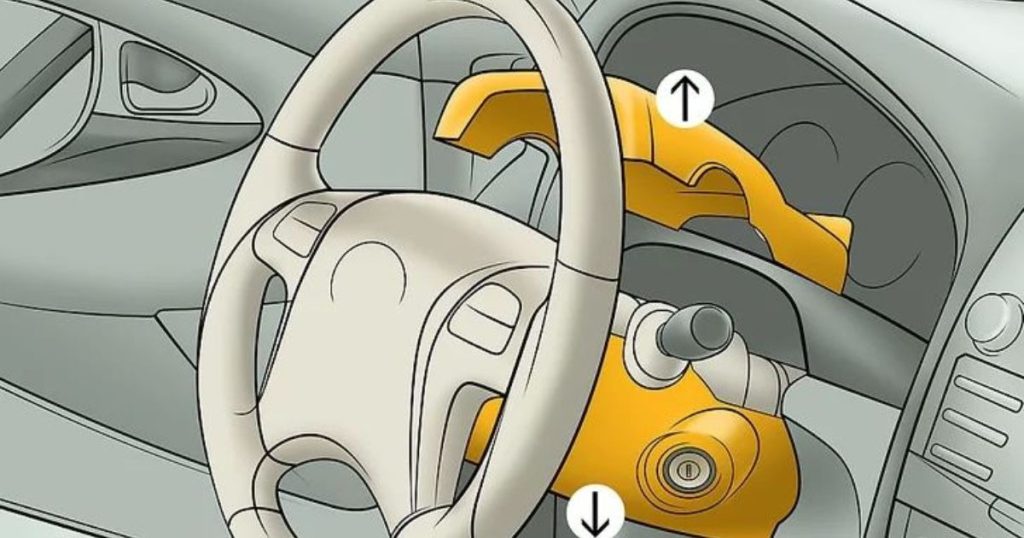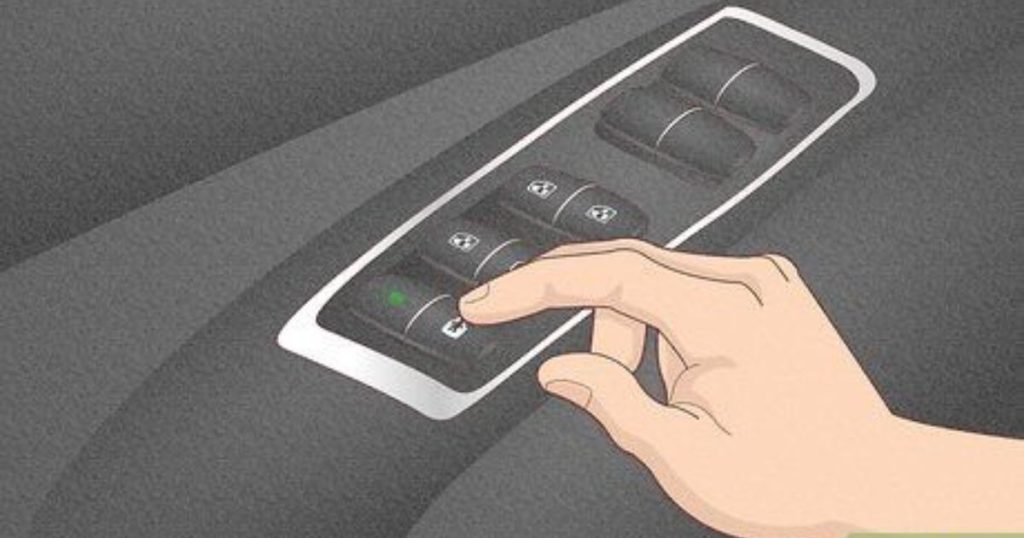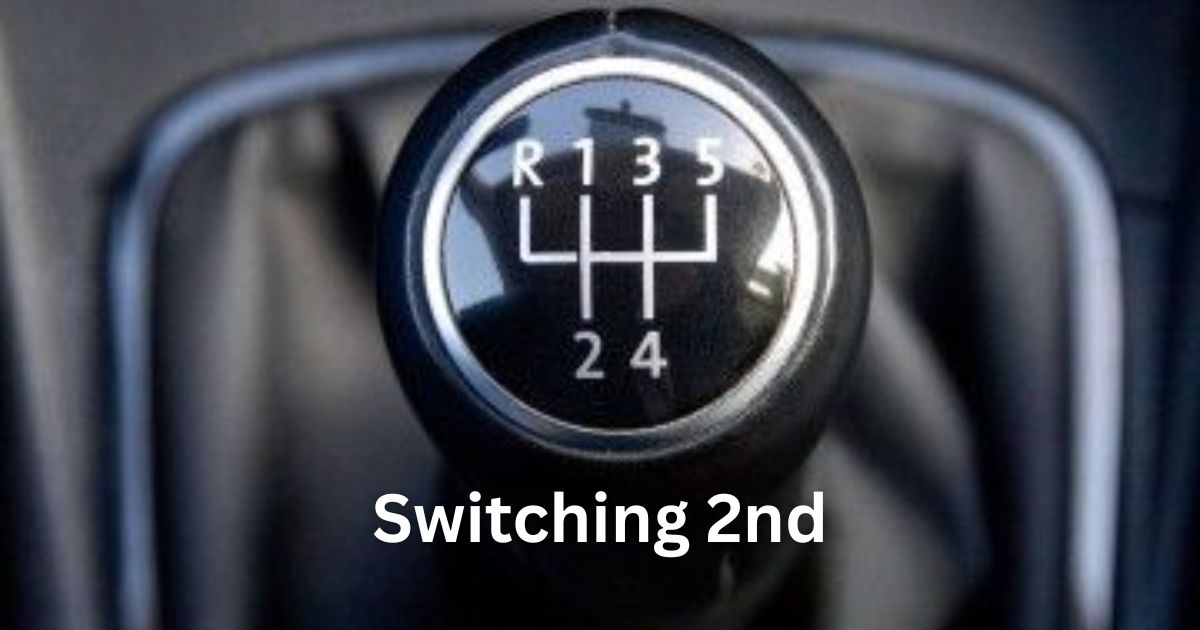Switching 2nd is more than just a driving move it’s a skill that defines rhythm, timing, and control. Whether you’re mastering a manual transmission, improving your clutch control, or learning how to switch 2nd gear smoothly, this step plays a vital role in both driving and real-life adaptability. When done right, it enhances gearbox performance and builds driving confidence.
It’s the transition that transforms jerky starts into smooth motion, teaching you to balance speed and stability. In every sense, “switching 2nd” represents progression the point where you stop struggling and start gliding. Understanding it means unlocking the secret to movement, precision, and consistent performance on any road or challenge.
Switching 2nd in Driving — The Core Skill Every Driver Needs

When learning manual transmission, the act of switching 2nd is crucial. It’s the foundation of second gear driving, where you transition from the power of the first gear to the steady momentum of the second. The key is timing your clutch control, engine RPM, and car acceleration correctly to achieve shifting gears smoothly. Many beginners often struggle because they don’t recognize the signs you need to change gear, such as the engine sound while shifting gears or loss of speed.
Mastering switching 2nd gives you better driving confidence and improves fuel efficiency in driving. It’s also vital for hill driving technique, low-speed maneuvers, and avoiding gear grinding. Once you learn timing your clutch and accelerator, you’ll experience seamless gearbox performance and enhanced vehicle performance improvement.
Switching 2nd in Electrical and Computer Engineering
In electrical engineering, “switching 2nd” often refers to efficient gear transition methods within systems that manage current or data transfer. Engineers focus on optimizing circuit responses, ensuring stability, and reducing lag during switching processes. Similarly, in computer engineering, switching 2nd relates to handling multiple processing states or transitioning between data paths efficiently—like maintaining balance between power and torque balance in a vehicle.
The principle is the same: maintain stability, minimize loss, and ensure precise control. When designed well, systems respond quickly, just like a skilled driver performing engine rev matching to prevent jerks and preserve long-term transmission maintenance.
Switching 2nd in Education and Language Learning
When applied to education and language learning, switching 2nd reflects the move from beginner understanding to intermediate fluency. It’s that moment when students start thinking in the new language instead of translating every word. Teachers use step-by-step guide to gear shifting methods in teaching starting slow, building rhythm, and guiding learners toward improving driving skills in mental transitions.
Just like how to handle manual cars better, learners must practice timing your clutch and accelerator—or in this case, balancing reading, writing, and speaking—to gain natural fluency. The mental shift here mirrors a perfect smooth gear transition in driving.
Switching 2nd in Sports and Strategy
In sports, switching 2nd means shifting pace or tactics to maintain momentum. For example, athletes change their rhythm mid-game to adapt to their opponent—just like a driver adjusting gears to match road conditions. It requires awareness, quick reaction, and understanding vehicle dynamics of the situation.
Teams that master switching 2nd often demonstrate superior control, similar to a car executing improving throttle response to boost performance. Whether it’s basketball, racing, or football, this adaptive shift is the driving technique for beginners to progress toward mastery.
Switching 2nd in Business and Productivity
In business, switching 2nd symbolizes scaling up after an initial start. It’s the moment entrepreneurs transition from survival mode to steady growth balancing power and torque between risk and reward. Successful leaders rely on enhancing car control and performance strategies to keep the organization moving forward without burnout.
Just like learning to drive manual, a company must know when to shift to 2nd gear—too early and momentum drops, too late and efficiency suffers. The key lies in recognizing the signs you need to change gear and adapting quickly through a smooth gear transition in decision-making.
The Psychological Meaning of Switching 2nd

Psychologically, switching 2nd represents a mental shift from reaction to control. It’s that stage where you move beyond uncertainty and begin operating with confidence and rhythm. Drivers often describe this as the moment they feel “in sync” with their car—aware of engine RPM, responsive to feedback, and relaxed in motion.
This same principle applies to mindset growth. When you learn how to switch 2nd gear smoothly, you’re mastering self-regulation and timing—knowing when to act, pause, and accelerate in life. It’s about improving throttle response not just in machines, but in decision-making.
Common Challenges When Switching 2nd Across Domains
Many learners face hurdles while switching 2nd—both in vehicles and life. In driving, common mistakes include incorrect clutch use, delayed shifting, and gear grinding due to poor coordination. In other fields, challenges stem from resistance to change or lack of timing awareness.
Understanding these barriers allows smoother adaptation. For example, a driver who follows a gear change troubleshooting guide learns fixing gear-shifting problems easily. Similarly, professionals who adjust early achieve better vehicle performance improvement in their career trajectory.
Expert Tips to Master Switching 2nd Smoothly
Experts suggest a few universal habits for mastering switching 2nd. First, practice step-by-step guide to gear shifting daily—whether driving or learning new skills. Focus on timing your clutch and accelerator and listening for engine sound while shifting gears.
Another secret is awareness of rhythm. When you feel your movement syncing with the environment, you’re achieving shifting gears smoothly. With consistent practice, troubleshooting transmission issues becomes easier, leading to long-term stability and enhanced gearbox performance.
Real-Life Examples of Switching 2nd
Take John Miller, a driving instructor from Texas. He teaches his students to “feel” the gear through vibration and sound—a practical way to master correct way to use clutch. In another case, tech startups demonstrate switching 2nd by scaling operations after securing funding, applying a similar transition logic to business growth.
Each success story highlights practicing smooth gear changes and improving driving skills—both mentally and technically. Whether behind the wheel or in the boardroom, the skill lies in timing and precision.
Safety and Maintenance Tips (for Driving & Technical Use)
Safety is essential when mastering switching 2nd. For drivers, always monitor engine RPM before shifting and avoid sudden accelerations that may damage the gearbox. Proper transmission maintenance ensures smooth performance and prevents wear.
In technical systems, similar care applies—frequent diagnostics and calibration ensure balanced power and torque distribution. Preventive gear change troubleshooting guide steps help maintain optimal fuel efficiency in driving and overall stability.
Frequently Asked Questions (FAQs)
What does switching 2nd mean in driving?
It means shifting from first to second gear in a manual transmission car for smoother car acceleration and control.
How do you know when to switch to 2nd gear?
Listen to the engine sound while shifting gears or observe the engine RPM reaching optimal range.
What’s the difference between switching 2nd and 3rd gear?
Switching 2nd focuses on low-speed power and control, while 3rd gear enhances cruising speed and fuel efficiency in driving.
Is switching 2nd used outside driving?
Yes, it’s used metaphorically across education, sports, business, and technology to represent transitions and adaptability.
Conclusion — Mastering the Art and Mindset of Switching 2nd
Switching 2nd isn’t just about vehicles, it’s about mastering transition, balance, and timing in every part of life. When you understand efficient gear transition methods, maintain correct clutch use, and recognize signs you need to change gear, you unlock a new level of control. From manual transmission driving to personal growth, this mindset helps you adapt with grace and precision.
As you practice, remember that perfection comes through awareness, rhythm, and patience. So, whether you’re learning how to handle manual cars better, working on improving driving skills, or navigating life’s gears, always stay smooth, confident, and ready to shift forward.

